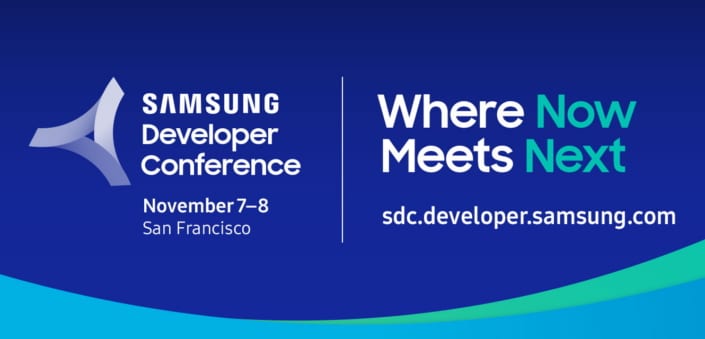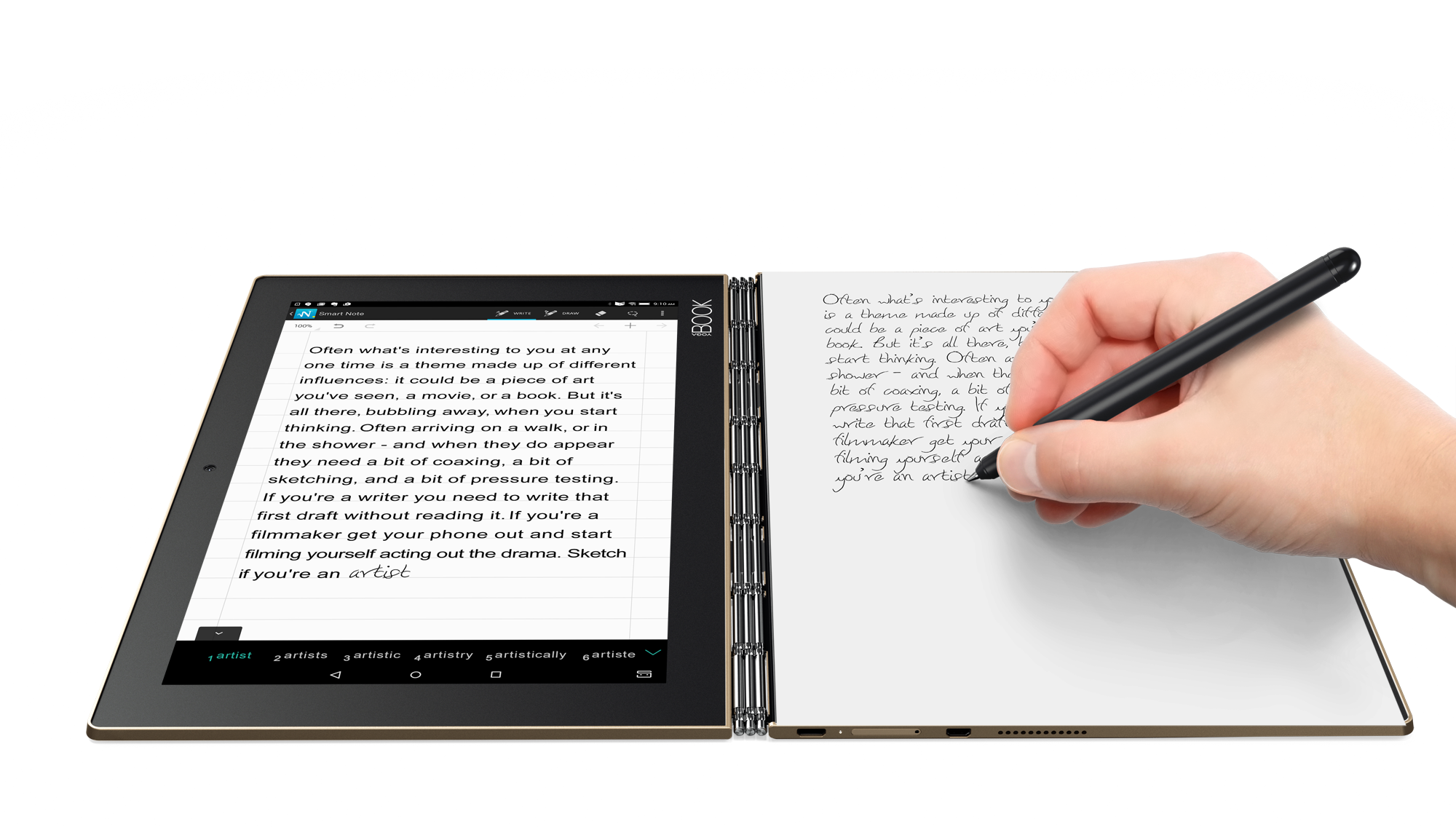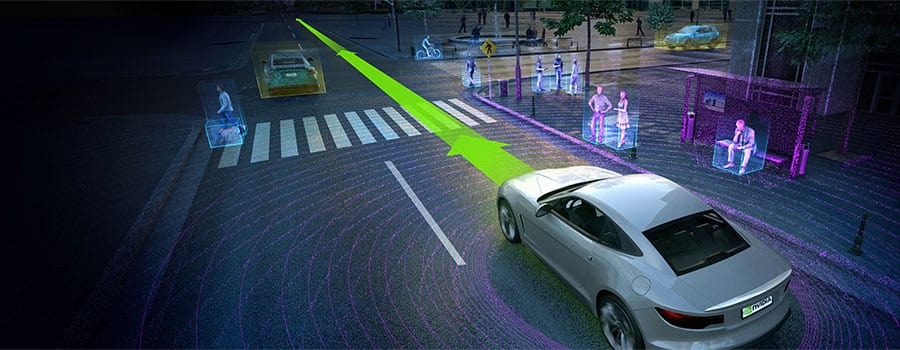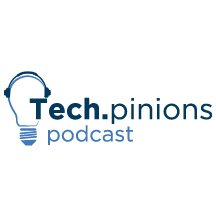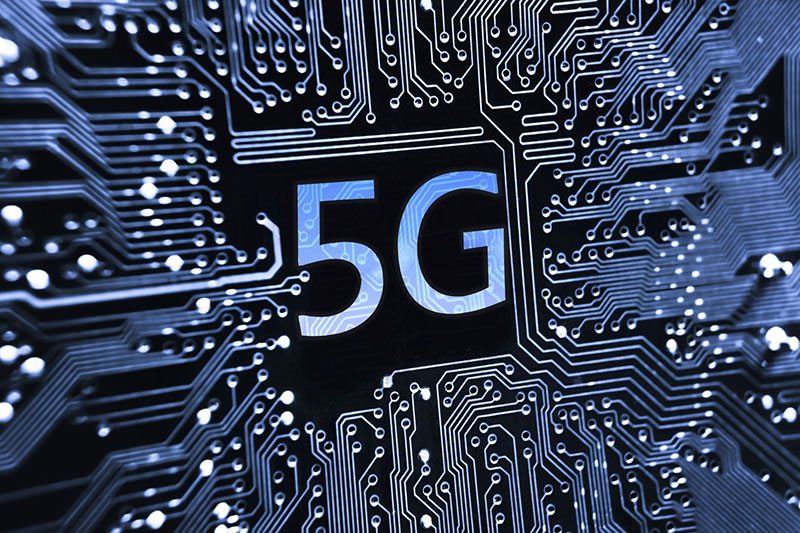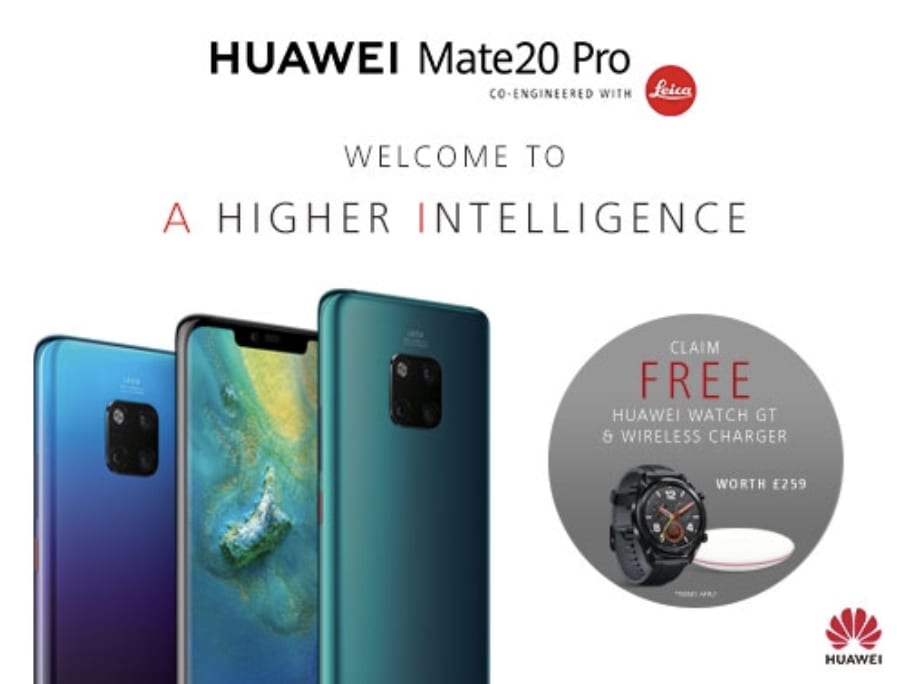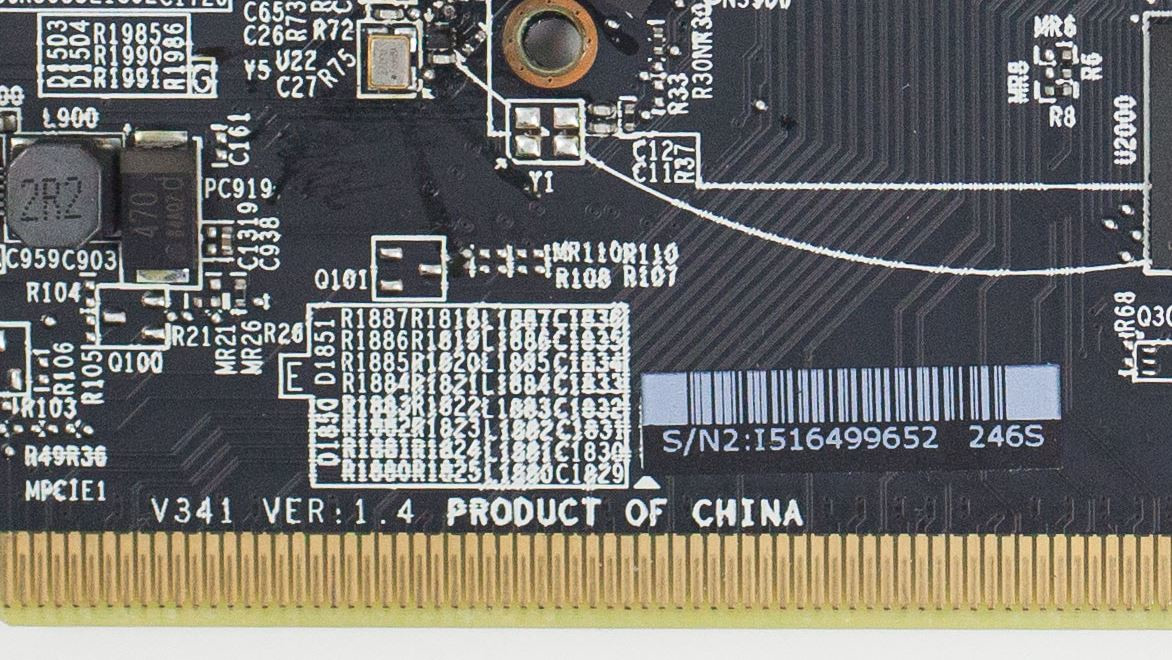One big eye catcher this week…
Samsung’s Developer Conference
Key news from SDC18 included:
- New mobile experiences with Infinity Flex Display & One UI: The Infinity Flex Display builds on Samsung’s legacy of category-defining form factor and display innovation, paving the way for a breakthrough foldable smartphone form factor. One UI is Samsung’s new smartphone interface, featuring a clean, minimal design that makes it more convenient for one-handed use.
- The new Bixby Developer Studio and Bixby Capsules: Bixby is evolving into a scalable AI platform to support diverse products and services. The company unveiled new ways for developers to easily bring voice to their services.
- Works with SmartThings certification program: A re-designed suite of tools that make it faster and easier for developers to connect their devices and services to the SmartThings platform.
- I have been attending Samsung’s Developer Conference for many years now. It started in a hotel in San Francisco and moved to the Moscone Center only a couple of years ago.
- In comparison to Apple, Google and Microsoft, SDC certainly it still feels like a much smaller affair, but I felt this year Samsung did not just talk the talk. There were a series of announcements that will make a concrete difference to their developer base.
- With Google taking care of the core engagement with developers, Samsung can focus on what they believe would give them a differentiated edge over their competitors but also what makes them less reliant on Google from an ecosystem perspective.
- In the past differentiation was more about the look at feel of the device, but with AI a new phase started where differentiation will be driven by an intelligent personalization of both software and services.
One UI
- This is the evolution of TouchWiz, which became Samsung Experience and now One UI. TouchWiz basically was a skin that Samsung put on its devices to differentiate it from stock Android devices and other players. Over the years the differences between what was stock and what Samsung diminished making switching vendors within Android less daunting for users.
- I found myself arguing with fellow analyst Bob O’Donnell whether or not I would call One UI a skin mostly because it seems to be very Google-like, with rounded corners for everything from dialogs to icons, and a bigger focus on stark contrasts and color.
- Samsung will offer an open beta testing program for this Pie-based One UI for the Galaxy S9, S9+, and Note9 starting in November for customers in the US, Korea, and Germany, with other countries to follow later.
- As far as I can remember, this is the first time that Samsung offers a beta trial which is another sign of how the company is changing under DJ Koh’s leadership.
- The primary focus of the One UI is to declutter user experience and let you focus on what you are doing at the moment. It also tries to make the task easier for you by bringing text boxes where you type closer to your thumb for one-hand operation on larger screens.
- It will be interesting to see how One UI will work on the new foldable screen that can run three separate apps simultaneously.
Infinity Flex Display
- Talking of foldable. Samsung launched the new Infinity Flex Display. This was, in my view, the most misunderstood part of the event with many reporters covering it as if it were an actual phone.
- Samsung said on stage that the phone was disguised in a wrapper of sort and maybe it was and maybe it was not. I have no reasons to believe what we saw was the final design.
- While some were talking about disappointment driven by the fact that the screen folded inwards rather than outwards it seemed to me that the practicality of that design was put aside for the wow effect.
- I am not saying that over time we might not have a screen that folds outwards but there is quite a bit that needs to be solved before we get there. First how you can disable half of the screen when it folds as one so that you do not activate the back of the screen as you hold it. Second would be power consumption as you would power the entire screen even when you only use half. Folding outwards would be much easier if you had two separate screens that are separated by an ever so slim hinge.
- Rushing to determine how successful the phone that was not announced will be is quite hard when you do not have one critical data point: price. I cannot think that any device built on an Infinity Flex Display will be anything but expensive and given flagship products are already around $1000 you can see how, at least at first, these devices will be positioned as premium.
- Another interesting commonality of some of the articles I read had was the search for a use case. I am not sure I would think about it any differently than the many use cases that drove our average phone size up over the years. Video, gaming, increased productivity are all to benefit from some extra screen.
- The point the foldable design solves is reducing the overall size of the device but also creating the ability to maintain a known user experience when all you need is the screen size of a current phone.
Bixby
- If the Infinity Flex Display was the most misunderstood announcement, Bixby was the least loved one.
- Samsung announced Bixby Capsules and Bixby Developer Studio. The easiest way to think of the first is to think of Alexa’s skills, while the second is a set of tools that uses AI to help developers add a voice first interactions for their apps and services
- The reason why many are skeptical is that Bixby has had little uptake so far which is fair.
- That said, I guess I look at this in a pragmatic way which is that Bixby is part of a larger AI play that Samsung cannot just ignore and embrace Google for or any hope of differentiation vanishes.
- I know that if you look at it from a consumer perspective you can say that users want to use Google Assistant so Samsung should not bother spending money on Bixby. But every interaction you have with Bixby brings valuable data to Samsung.
- I would argue that Samsung is only now setting things in place for Bixby’s success from a broader language availability to developer tools, and most importantly their own understanding of what role Bixby will play in the Samsung’s ecosystem.
- Opening up the SDK, delivering tools that aim to limit the work to “port” what a developer might have created for another digital assistant as well as the creation of a market place are all key steps. Steps that might lead a developer to try and take advantage of the large installed base of devices Samsung has across the home, not just phones.
Gaming
- Finally gaming. What started with a Fornite exclusive on the Galaxy Note 9 developed into a strategy to make Galaxy devices the best mobile gaming experience on Android.
- In a very smart move, Samsung had Microsoft on stage talking about Microsoft Project xCloud which is their new gaming streaming service.
- Samsung and Microsoft are good partners on a series of different offerings that go across phones and PCs. It makes sense that Microsoft looks at the vendor that owns the most valuable Android users as a way to tighten the link between phones and Microsoft’s products that being Xbox or Windows 10 PCs.
- Samsung is expanding developer support for gaming so they can take full advantage of the hardware. Think about S Pen, for instance.
- Another reason for Samsung to double down on gaming now is of course the role that Samsung plays in the 5G roll out. While all the vendors and carriers involved are excited about the arrival of 5G consumers are still trying to figure out why they will need a 5G phone. Starting with gaming is not a bad way to convince them to trade up!
